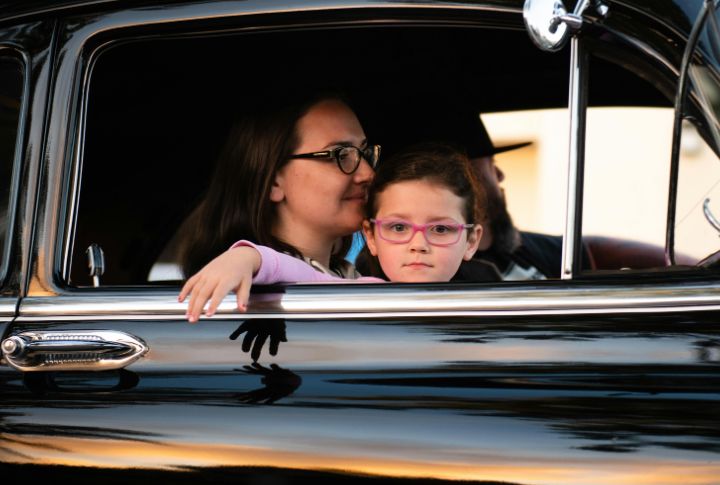
Parenting in the ’80s had its own rulebook, and let’s just say some of those “rules” feel unthinkable now. Back then, advice came straight from magazines, doctors, and sometimes just the loudest parent on the block. Looking back, it’s equal parts funny and cringeworthy. Curious which parenting staples didn’t age well? Here are 10 rules that definitely wouldn’t fly today.
Let Your Baby Sleep On Their Stomach
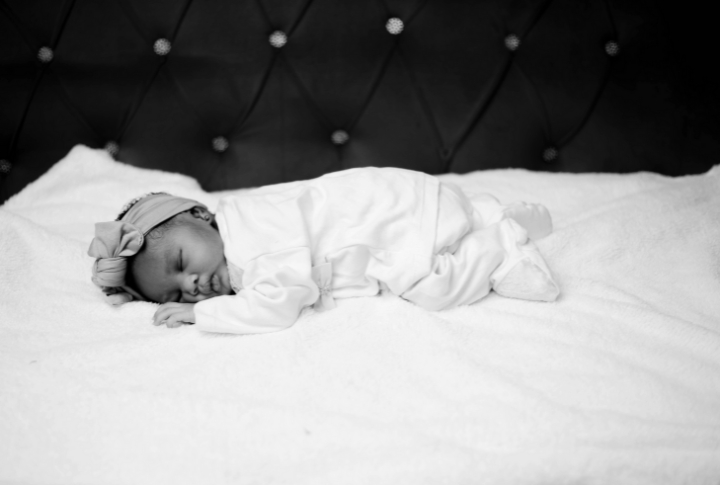
In the ’80s, babies were usually put to sleep on their stomachs, with cozy blankets and crib bumpers. However, in 1992, doctors realized that sleeping on the stomach could increase the risk of SIDS. By the mid-’90s, “Back to Sleep” campaigns began, encouraging parents to place babies on their backs.
Spanking Is Just Good Discipline
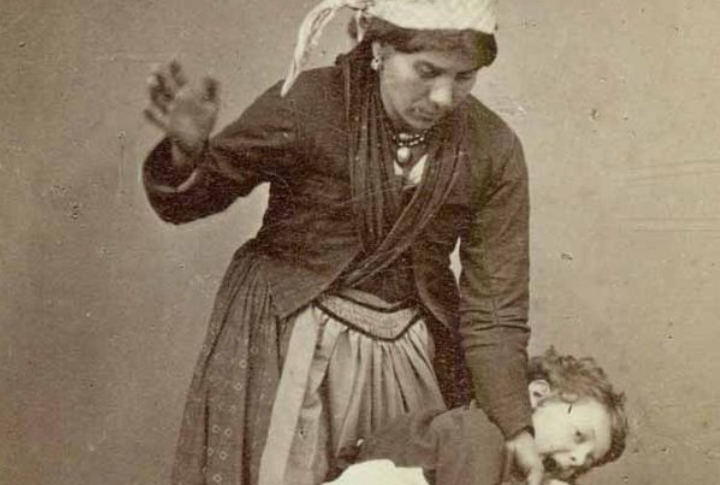
Just imagine growing up in the 1980s, when spanking was considered a normal part of parenting. Even books encouraged it, and the saying “spare the rod, spoil the child” made it seem like the right approach. Some stores also sold paddles alongside toys! Today, we know spanking isn’t effective and can actually cause more behavior problems.
Kids Don’t Need Car Seats After Age Two
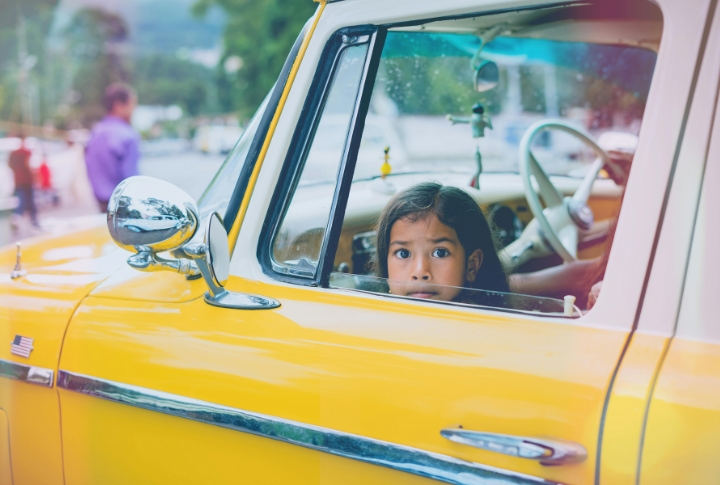
After age two, car seats usually disappeared in the ’80s. A simple lap belt? That was considered “good enough.” Booster seat rules didn’t come along until the late ’90s. Certain kids even rode in the front seat like tiny copilots, while others balanced on a parent’s lap. Safe? Not really. Normal back then? Absolutely.
Sugar Is Fine—Just Brush After
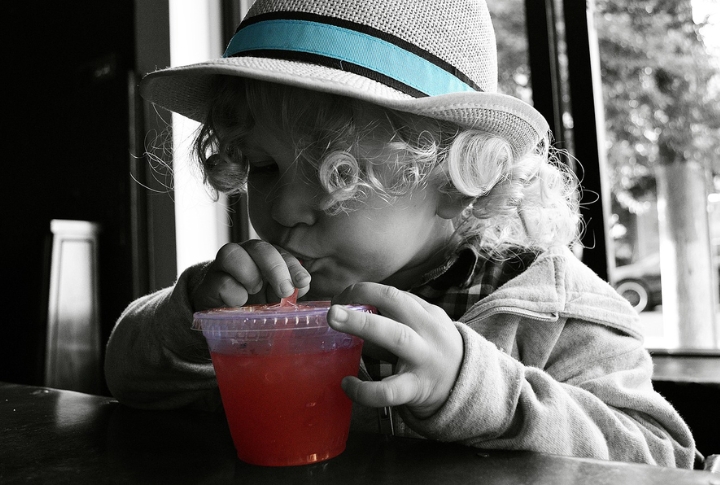
In the ’80s, breakfast often meant sugary cereal labeled “balanced,” and lunchboxes were filled with Tang, Kool-Aid, or soda. Parents didn’t worry much about nutrition. The simple rule was to brush teeth afterwards. Additionally, Dental campaigns focused on clean teeth, rather than sugar limits, and “sugar highs” were widely misunderstood.
Let Them Play Outside—No Supervision Needed
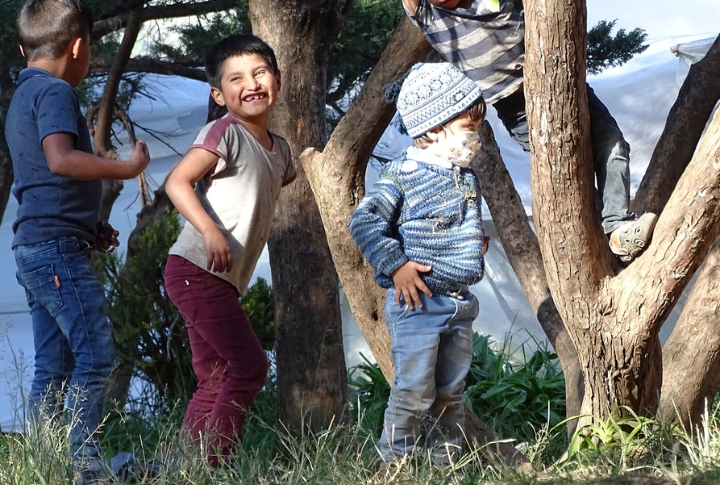
Can you imagine kids today biking miles without helmets or phones? Back in the ’80s, that was totally normal. Neighborhoods were playgrounds, and parents barely watched. All parents had to do was ring the dinner bell, and kids would come running. People weren’t worried about strangers, so letting kids roam freely felt completely fine.
Let Babies Cry It Out
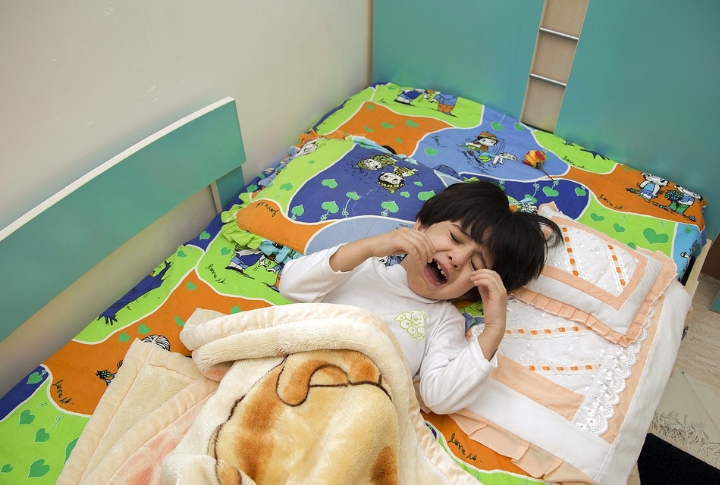
Back in the ’80s, the common advice when a baby cried at night was simple: just leave them alone. The Babywise approach promoted strict sleep schedules by insisting that crying was harmless. By the 2000s, however, the situation had shifted. Attachment parenting, focusing on cuddling and comforting, began gaining popularity, and parents paid more attention to bedtime closeness.
TV Is A Great Babysitter
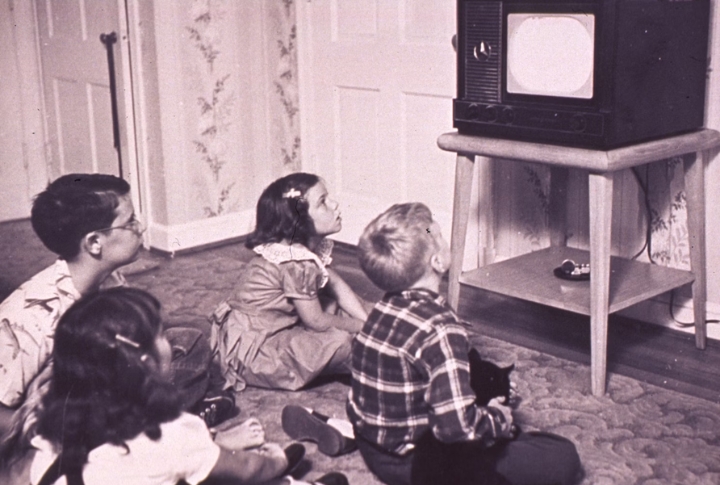
Need a babysitter in the ’80s? Turn on the TV. Parents used it for hours of distraction. Aside from “Sesame Street,” few shows taught much. Also, Saturday mornings belonged to cartoons. And once VCRs hit the scene, kids could loop their favorite tapes endlessly. Entertainment became effortless and frequently overused.
Sunscreen Is Optional
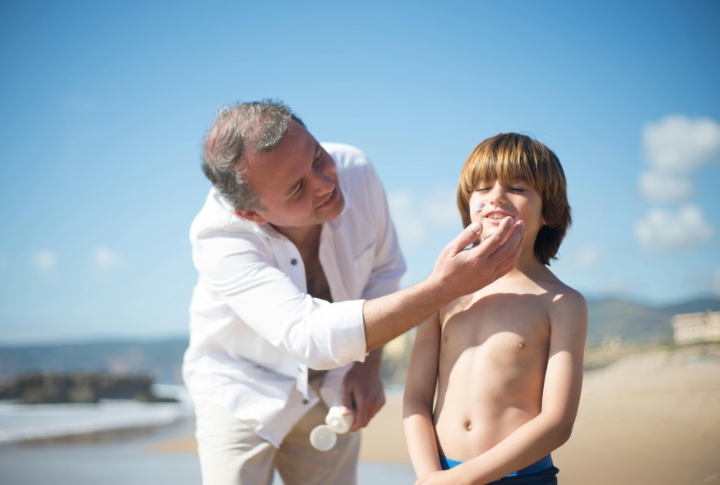
Sunscreen was mostly optional in the 1980s. Everyone wanted that perfect golden tan, and it rarely mattered unless you were hitting the beach. Kids ran around outside with no protection, and baby oil often pulled double duty as “tanning lotion.” Back then, no one really talked about sun dangers or skin cancer.
Formula Is Equally Nutritious As Mother’s Milk
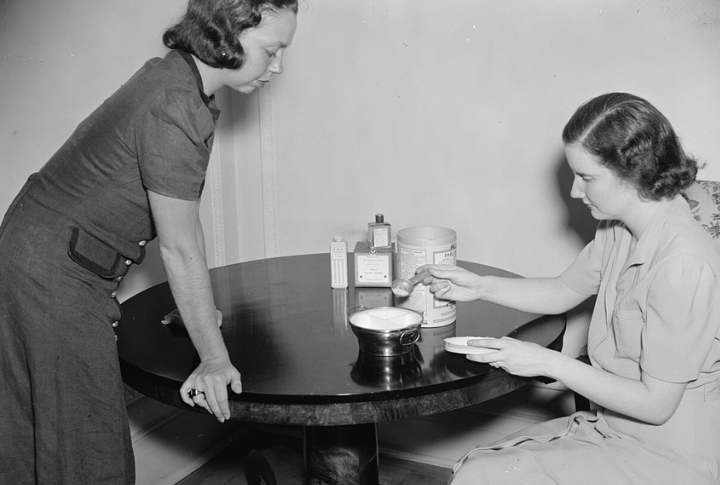
In the 1980s, new parents usually left the hospital with arms full of formula samples. Companies advertised the formula as just as good or even better than breast milk, and many parents believed it. Breastfeeding rates fell, as convenience took priority. Meanwhile, the bonding and immunity benefits of nursing were often overlooked.
Seatbelts Are Optional In The Back
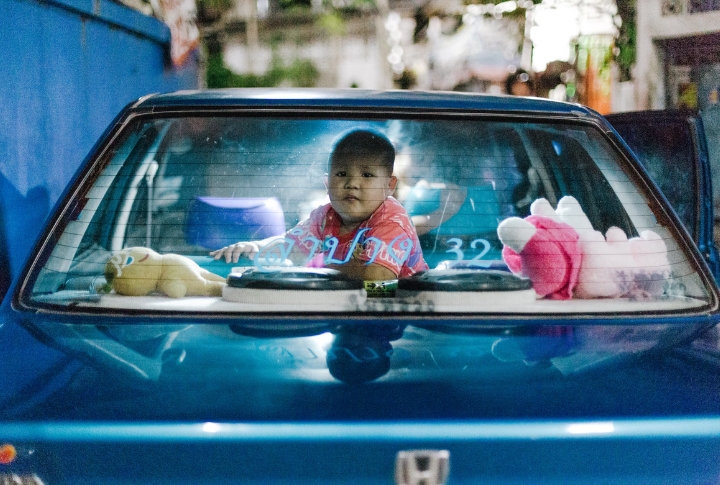
Today, buckling up feels automatic. Back in the ’80s, it didn’t. Many states skipped rear seatbelt laws until the 1990s. Kids frequently rode unrestrained in the back of station wagons. Some vehicles lacked belts altogether. Without those laws, “safety first” never defined the culture, leaving backseat safety neglected.

